When comparing the PS5 vs Xbox Series X consoles, there’s a lot of information to digest. With the start of the next generation drawing closer, we know more than ever about the design, specs and game libraries of Sony and Microsoft’s next big releases. But there are still gaps in our knowledge that need to be filled—exact release dates and prices being two big ones.
Fortunately, there are new details being released all the time and every day we’re getting a much clearer picture of what the future holds for PlayStation and Xbox.
After waiting a long time for Sony to make its big reveal, we now know what the PS5 and Xbox Series X will look like and our knowledge of both consoles has returned to being on a fairly even footing.
Sony’s design for the PS5 is striking and a little divisive, though it's perhaps not as big as it initially appeared. It sports the futuristic two-tone color design of the DualSense PS5 controller and can be positioned both vertically and horizontally. There's also a choice between a console with a 4K Blu-Ray drive and a Digital Edition that’s entirely disc-less for those who prefer the truly next-gen idea of downloading all of their PS5 games.
As far as specs are concerned, PS5's system architect Mark Cerny used a livestream to take us under the console’s hood, detailing features like its SSD drive and backwards compatibility. What’s been shown is impressive, although if it’s not quite as powerful on paper as the next-gen Xbox console.
When it comes to the Xbox Series X, Microsoft has been a little more forthright and we’ve known about the console’s design (less out-of-the-box and more just box), its specs and some of the planned Series X games for a while. We’ve also got the lowdown on a number of features such as Smart Delivery, which will let you play the "best possible version" of a game you’ve bought on the Xbox One, without having to purchase it again.
Thanks to a couple of livestreams, we've now seen next-gen gameplay from both consoles but while Sony has been talking about prioritising next-gen exclusives, Microsoft has been emphasising cross-gen support.
Although we don’t have any exact release dates for the Xbox Series X and PS5 just yet, we’re anticipating that they won’t be hitting shelves very far apart. Both are aiming for a Holiday 2020 release meaning they’ll be going head to head very soon.
The dawn of the new generation is going to be a momentous time for Sony and Microsoft, with both aiming to take the new console crown and convince players to upgrade from their older Xbox One and PS4 consoles.
But which next-gen console will have the edge? It's likely to be a close call but to help keep things clear we’ve put together this Xbox Series X vs PS5 guide. Below, we’re putting both of the next-gen consoles under the microscope, examining their similarities and all-important differences to determine what they can tell us about the future of console gaming.
Xbox Series X vs PS5: key facts
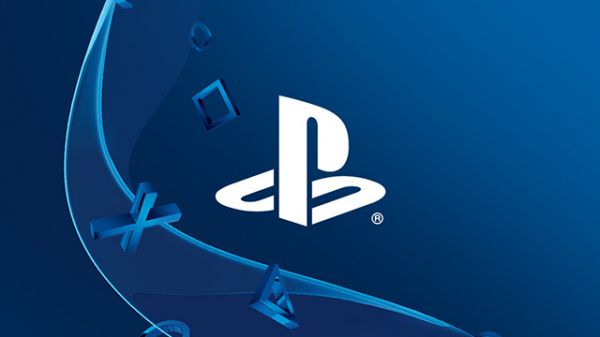
- What are they? Xbox Series X and the PlayStation 5 are the forthcoming next-gen games consoles from Microsoft and Sony, set to deliver more ambitious and graphically impressive gaming experiences than ever before.
- Xbox Series X and PS5 release date: Both Sony and Microsoft have confirmed "Holiday 2020" release dates, meaning sometime between October through to December.
- What can I play on it? We don't have the exact launch lineups yet, but expect to see a number of big titles on day one. Keep in mind that both consoles will have elements of backwards compatibility, and we’re expecting most third-party games like Cyberpunk 2077 to make an appearance on both machines.
- Is the PS5 more powerful than Xbox Series X? Their processing capabilities seem pretty similar so far, but Microsoft appears to have a slight advantage.
- What will the PS5 and Xbox Series X cost? We could be looking at $500 / £500 / AU$500 price tags, but there's no official word so far. The Xbox's higher power might also suggest a slight premium.
Xbox Series X vs PS5: specs so far
When it comes to specs for their next generation consoles both Sony and Microsoft appear to be singing from the same hymn sheet with their new machines’ internal specs.
The PlayStation 5 will run off a custom-built version of the third generation AMD Ryzen chipset, packing in 8 cores with the company's new Zen 2 architecture and Navi graphics. The CPU will run at 3.5GHz. The GPU offers 36 compute units running at 2.23GHz and offering 10.28TFLOPs. Those parts are paired with 16GB of GDDR6 with a bandwidth of 448GB/s. It’s a system that will be able to support ray tracing – a performance-intensive lighting technique that has previously been the reserve of expensive high-end PC GPUs, and which we now know will be "built into the GPU hardware" for the PS5.
Sony has also talked of the console setting a new “gold standard” in immersive, 3D audio, particularly for those using a headset whilst playing. (Some leaked patents, too, show off some intense ventilation design for handling all that processing power, which could explain the console's unique appearance). We've learned that Sony is delivering this audio through the Tempest Engine, which can handle hundreds of sound sources, for a more realistic audio environment.
The PS5 will also support screen resolutions of up to 8K – far higher than the standard 1080p HD of most people’s televisions, let alone that of the increasingly popular 4K. It’ll also work at 120Hz refresh rates, allowing for super-smooth movement in games. These are incredibly performance-intensive specs, so we wouldn’t expect a game to hit these standards regularly (not to mention requiring an expensive TV that will support them), but it’s good to see what Sony is aiming at.
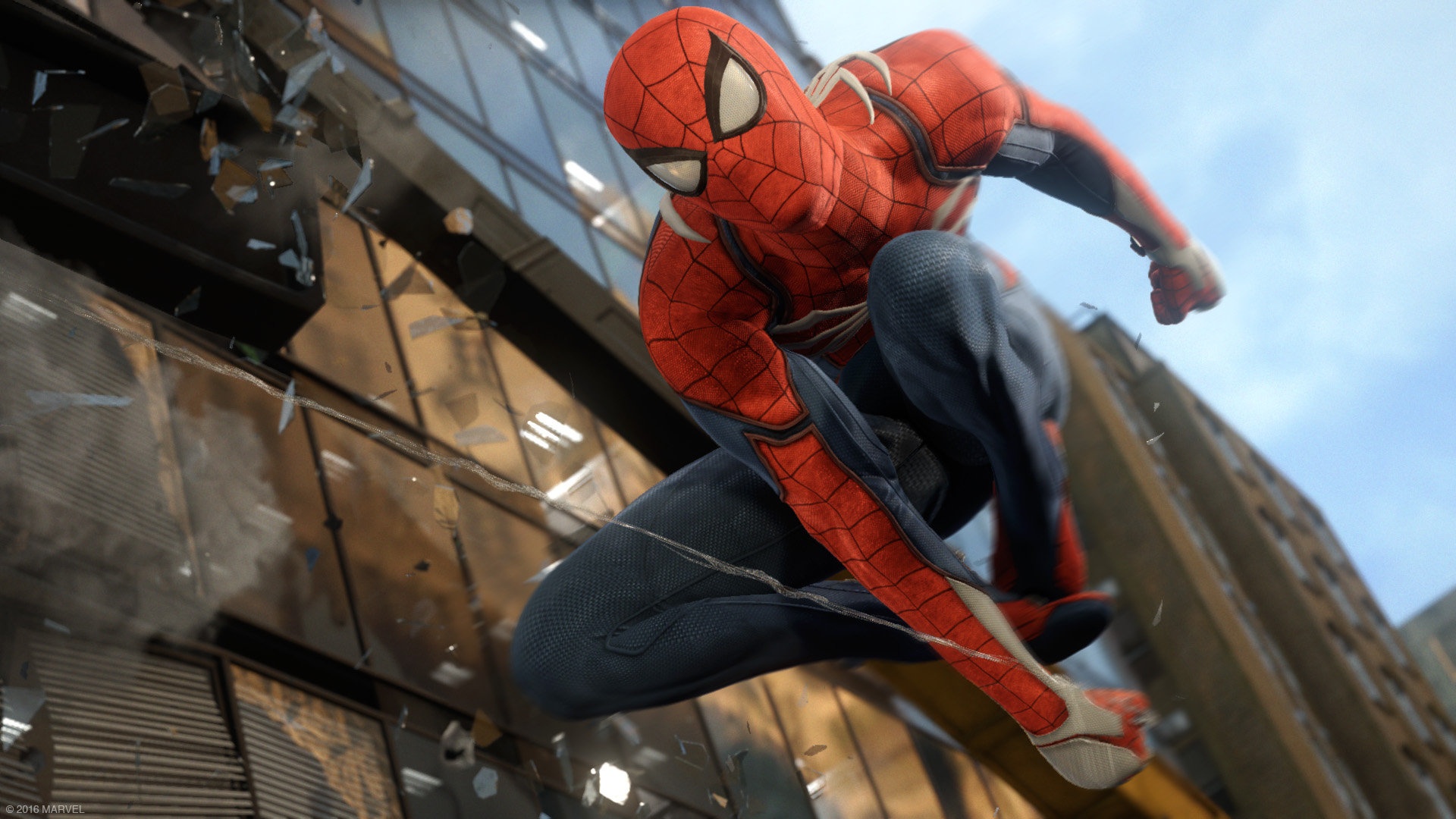
Perhaps the most interesting element of the Sony build is its commitment to using SSD storage. The solid state drive in the PlayStation 5 will again be a custom-built piece of hardware, offering up 825GB of storage with a raw 5.5GB/s throughput (and up to 9GB/s worth of compressed data).
Sony has already been showing off its technical prowess with a demo of its existing Spider-Man PS4 game (see above). On PS5 hardware, the game is able to race around an incredibly-detailed New York City at incredibly high speeds without any delay in geometry loading or texture streaming, something that would never be possible on PS4. It's also given us a glimpse of some PS5 gameplay from upcoming releases.
We've seen the reveal of the console's controller, too, which drops the DualShock name for DualSense. As you'd expect, the new name has been reflected in the controller's new design which is quite different from anything we've seen from PlayStation before.
As far as technology is concerned, the DualSense controller will use haptic feedback, replacing the DualShock 4's rumble technology. Simulating touch, haptic feedback means the controller will output vibrations or movements to replicated a real-life touch experience thereby improving feedback and immersion.
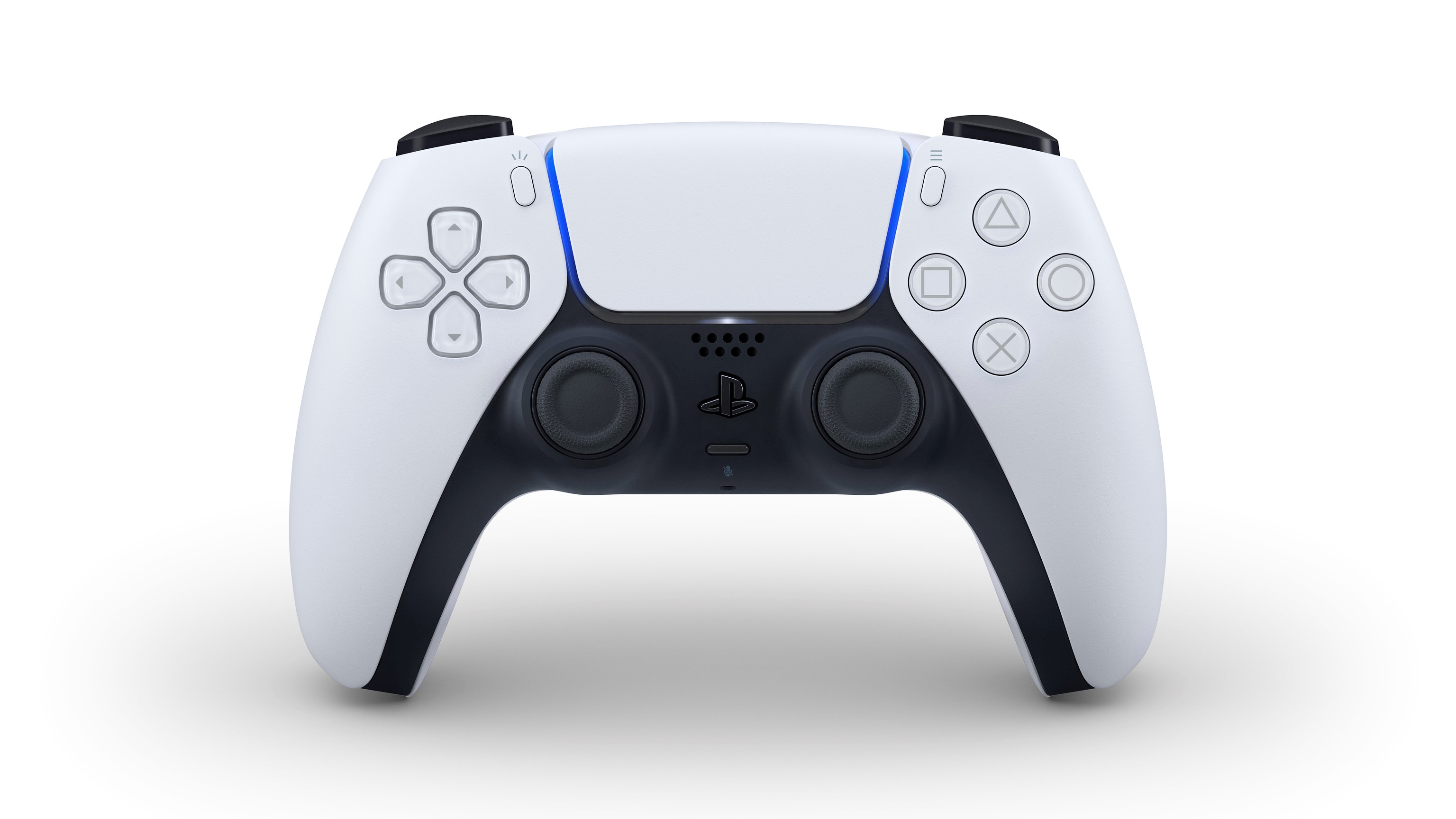
Haptic feedback simulates touch, meaning the controller will output vibrations or movements to replicate a real-life touch experience. This aims to improve the controller's feedback and therefore player's immersion.
The PS5 controller will also feature adaptive triggers which Sony says have "been incorporated into the trigger buttons (L2/R2)". These adaptive triggers will allow developers to program the resistance of the triggers to simulate actions more accurately.
It'll also still have a headphone jack and will include a built-in microphone which Sony says will make it possible for players to talk to their friends online more easily.
The DualSense gave us a pretty good idea of the PlayStation 5's final design. Both devices look futuristic and sleek, and both sport a two-tone black and white design. It isn't a subtle looking console by any means.
There have been some concerns expressed online with regards to the size of the PlayStation 5 and the DualSense controller. Having been revealed in a stream without any real sense of scale it's hard to determine how big the PS5 is and there have been rumors that it's going to be pretty big.
Some leaked images of the DualSense have been popping up online that make the controller look comically large and chunky but a more convincing and recent leak has slightly assuaged fan fears, showing a controller that looks proportional and comfortable to hold.
Images of the PS5 console itself in the wild have been less common, but if a recent Amazon Germany listing is accurate then the PS5 could weigh in at 10.54 pounds, which is 4.78 kg. This would make it Sony's second heaviest console, with only the PS3 coming in heavier, suggesting that the PS5 isn't likely to be small at least.
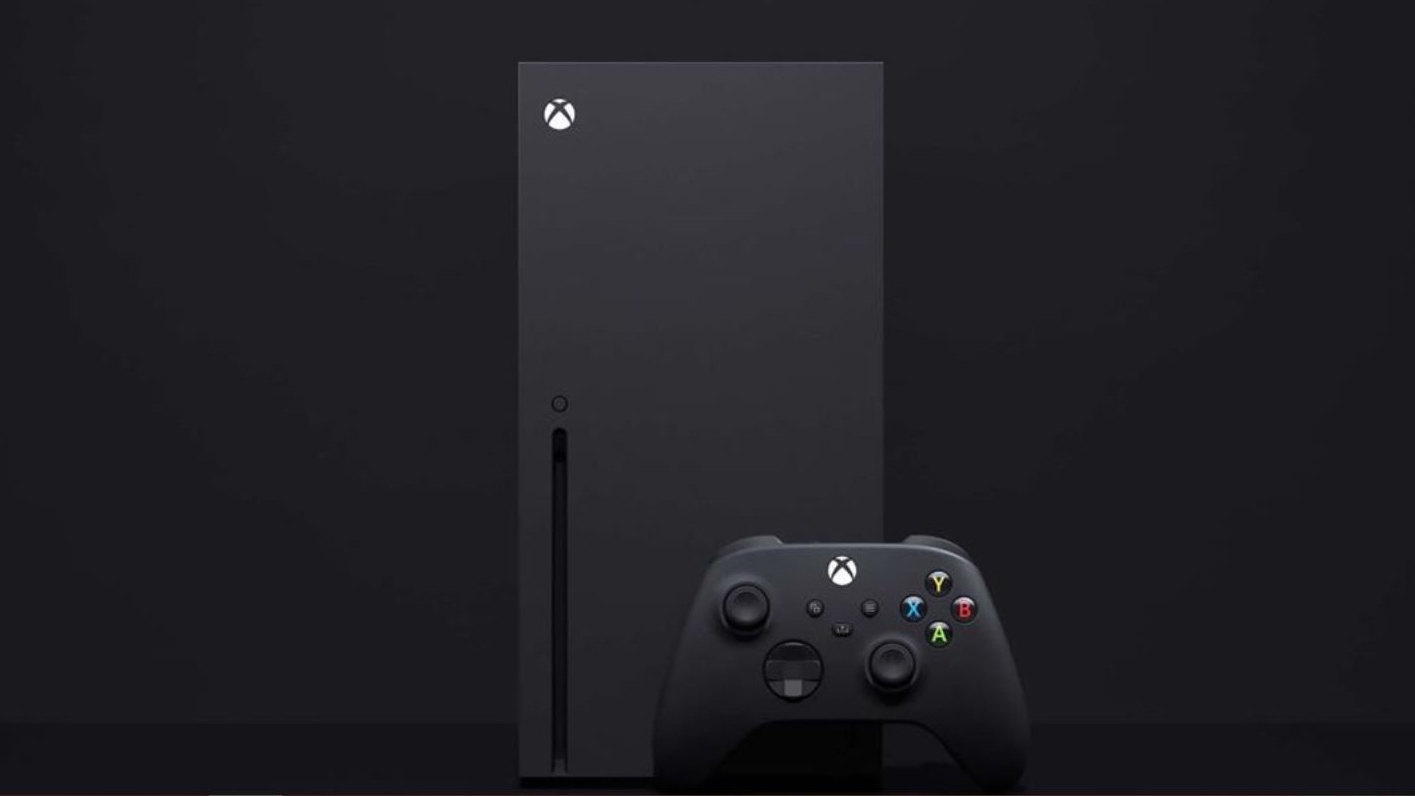
The Xbox Series X, meanwhile, is looking incredibly impressive on paper.
It too will use custom AMD internals using the same Zen 2 and RDNA 2 architecture of the PS5, making it 4x more powerful than the Xbox One X – this generation’s most technically-impressive gaming hardware.
We now know that the Xbox Series X GPU boasts 12 teraflops of compute performance, with 3328 shaders allocated to 52 compute units. It will run at a locked 1,825GHz, and unlike most GPUs, won't fluctuate between speeds. Instead, it will deliver the same clock speed regardless of the temperature of the unit or the game you're playing.
The processor is a customized AMD Zen 2 CPU, with eight cores and 16 threads. Interestingly, developers can choose to disable simultaneous multithreading (SMT) to reach a peak speed of 3.8GHz, or hit a base speed of 3.6Ghz when it's enabled.
It will be able to run content (if not games) at an 8K resolution, and it will also support 120Hz refresh rates at 4K. The Xbox Series X will match the PS5 by offering DirectX ray-tracing capabilities, and it’ll have a super-fast internal NVMe SSD (which can be expanded with a propriety NVMe card), and can be utilised as virtual RAM to lift load times by up to 40x. Standard RAM will be of the GDDR6 variety, with the Xbox Series X including 16GB – a pleasing upgrade over the Xbox One X's 12GB GDDR5. These specs show a slight lead for the Xbox Series X over the PS5 in terms of raw performance, but we'll have to see how that translates to real-world performance in games.
Microsoft hopes to make latency a thing of the past on Xbox Series X, with forward-thinking features such as Auto Low Latency Mode (ALLM), communication improvements to the Xbox controller, and Variable Refresh Rate (VRR) support taking advantage of TVs with HDMI 2.1 support.
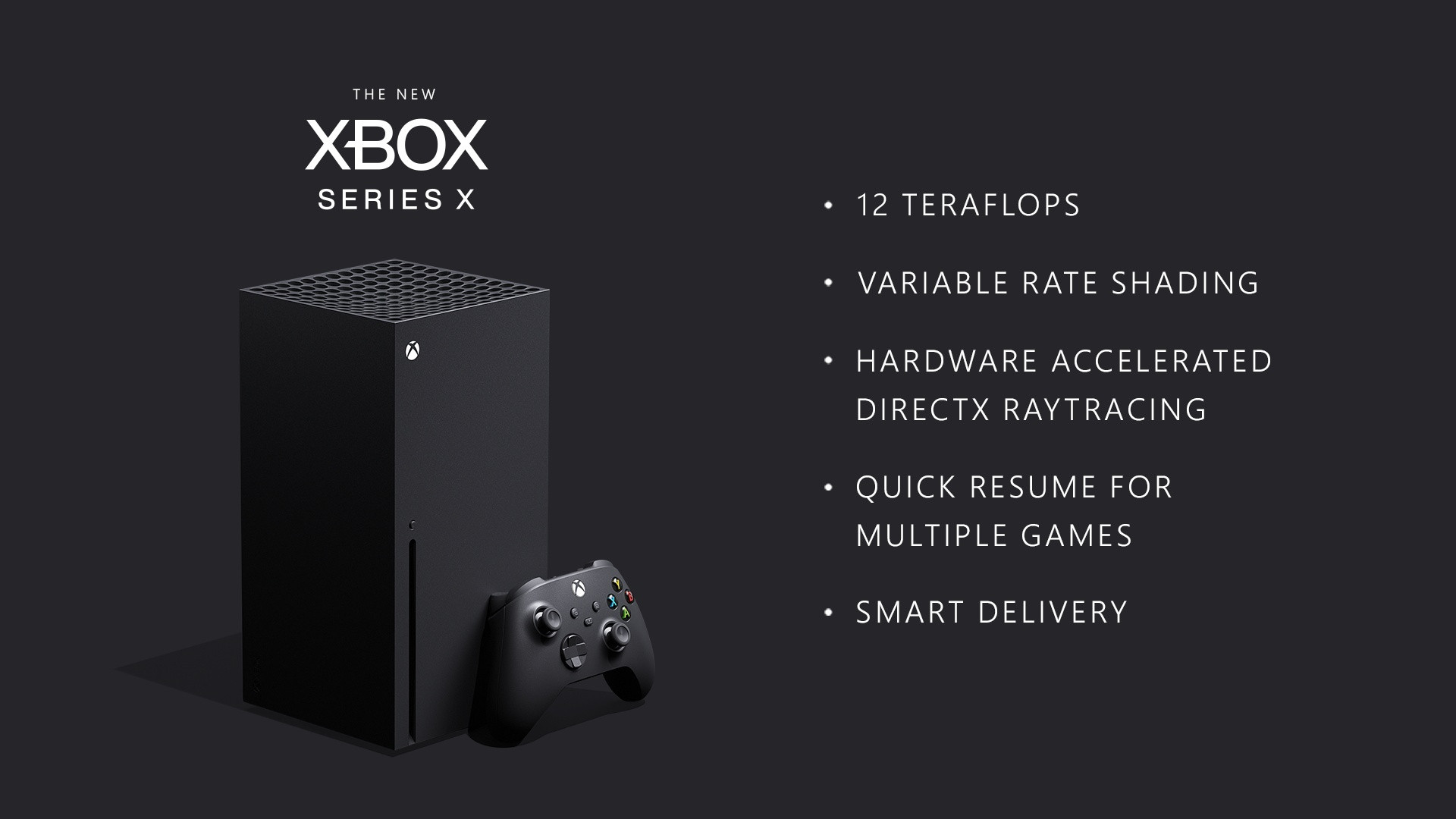
The next Xbox will also be backwards compatible with the Xbox One’s supporting hardware accessories, meaning that you won’t have to rush out and buy new pads and headsets to accompany the console at launch. The Xbox Series X controller will include a few new features, though, such as a dedicated share button and textured bumpers and triggers.
Microsoft has also teased that existing Xbox One games like Gears 5 could be enhanced for the Xbox Series X to take advantage of the console's new power. And, if you’re a sucker for buying boxed games over making digital purchases, it’s already confirmed to have a physical disc drive included. Just like the PS5, that will be a 4K UHD Blu-ray drive.
Microsoft did pull back the curtain on a few features in February 2020 too. Those features included Smart Delivery, which allows current-gen gamers to play the "best possible version" of purchased games on future consoles. So you can buy a game like the Cyberpunk 2077 for Xbox One, safe in the knowledge you'll get to play the souped-up version on the Xbox Series X at no additional cost.
Some publishers, like 2K, appear to be trying out ways of charging more for cross-generation titles which is making next-gen gaming look like it could be pretty expensive (and perhaps somewhat confusing) but Microsoft is urging developers to provide upgrades free of charge. Whether or not they'll listen remains to be seen.
Microsoft has also announced a Quick Resume feature that will let you have multiple games paused on the console at once, and pick up where you left off "from a suspended state almost instantly, returning you to where you were and what you were doing, without waiting through long loading screens." We'll be getting Variable Rate Shading (VRS) to "prioritize individual effects on specific game characters or important environmental objects" too.
Features like Quick Resume are a result of what Microsoft is calling Velocity Architecture.
In a recent Xbox Wire post, Microsoft broke down the four components that make up this architecture: Custom NVME SSD, Hardware Accelerated Decompression, New DirectStorage API and Sampler Feedback Streaming.
Together, these components will allow the Xbox Series X to deliver performance beyond its raw specs, virtually eliminating loading times, reducing game file sizes and allowing for the creation of bigger, more immersive, game worlds.
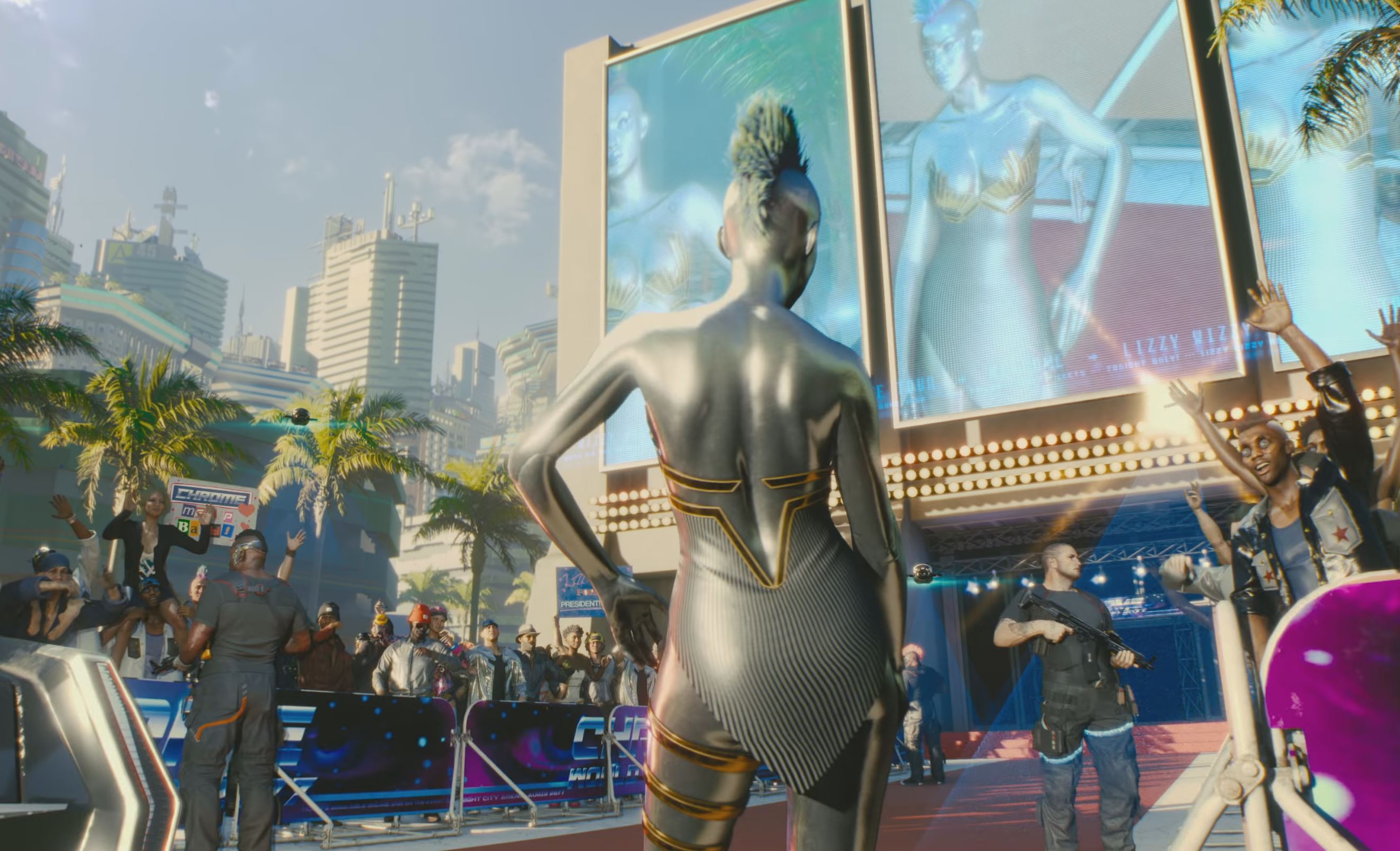
It’s worth mentioning that rumors surrounding Xbox Series X have also involved the possibilities of there being another disc-less console on the horizon codenamed Project Lockhart. The theory here is that the Xbox Series X will be a high-end machine, while Lockhart would be a budget option focusing on streaming (possibly in the vein of the Xbox One S All Digital Edition). At this stage however, they remain merely rumors, as Microsoft is yet to confirm or deny the existence of a duo. We already know that PlayStation will be offering an all-digital version of the PS5.
If you're concerned about being eco-friendly then the Xbox Series X may not be the best choice. While Sony has claimed the PS5 will be much more energy efficient than its predecessor, the PS4, analysis by Digital Foundry suggests Series X will be pulling twice the power of the Xbox One X – and putting out more heat as a result.
Overall, the Xbox Series X is looking like the more powerful console on paper but there's also the matter of ease of development. In an interview with Vigiato, Crytek rendering engineer Ali Salehi pointed out that the Series X is actually a more complicated console to work with which makes hitting that 12 teraflop theoretical peak can be difficult, while reaching the full potential of the PS5 is easy.
All of these specs, though, won't mean a whole lot until we can get our hands on the consoles and test them for ourselves.
Xbox Series X vs PS5: games we expect to see
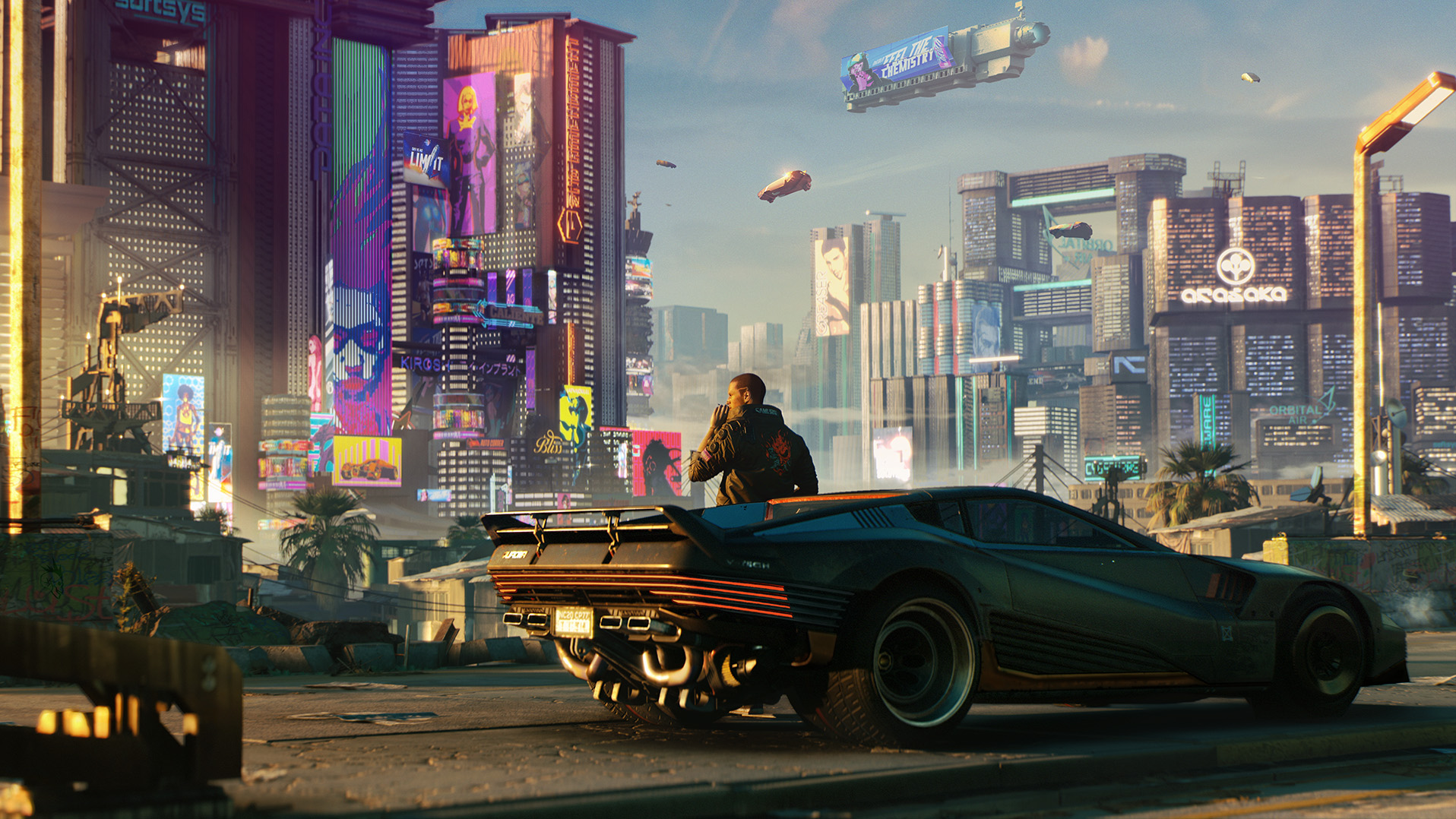
Over the last few weeks we've been getting a good picture of the sort of experiences you can expect to see on the Xbox Series X and the PS5 thanks to some gameplay livestreams.
First off, Microsoft has confirmed that Halo Infinite, aka Halo 6, will be a launch title for Xbox Series X. The Halo franchise is a unit shifter for Microsoft, as a big-budget FPS series that will have been left on a bit of a cliff hanger for five years come the ‘Holiday 2020’ release of Halo Infinite. This is a very big deal.
We also know Senua's Saga: Hellblade II, and Viking-themed Assassin's Creed Valhalla will be releasing for Xbox Series X. A recent Xbox Series X gameplay reveal showed off a number of third-party Xbox Series X games too, including Vampire: the Masquerade – Bloodlines 2, Yakuza: Like A Dragon, Dirt 5, and The Medium. We're only expecting to see more games, this time with a focus on first-party titles, in another stream on July 23.
Perhaps just as much of a big deal as Halo is the fact that Xbox Series X will be backwards compatible with all existing Xbox platforms from launch. If you have games for the original Xbox, the Xbox 360 and the Xbox One, there’s a good chance they’ll work on Xbox Series X – especially your Xbox One library.
Not only that, Xbox is really emphasising that it's planning to support cross-gen play for a good while after the launch of the Xbox Series X. This does mean that the Xbox Series X isn't going to have any exclusives that will drive you to upgrade but it's a consumer-friendly, accessible approach and the Series X will still offer the highest quality experience of the devices in the Xbox family.
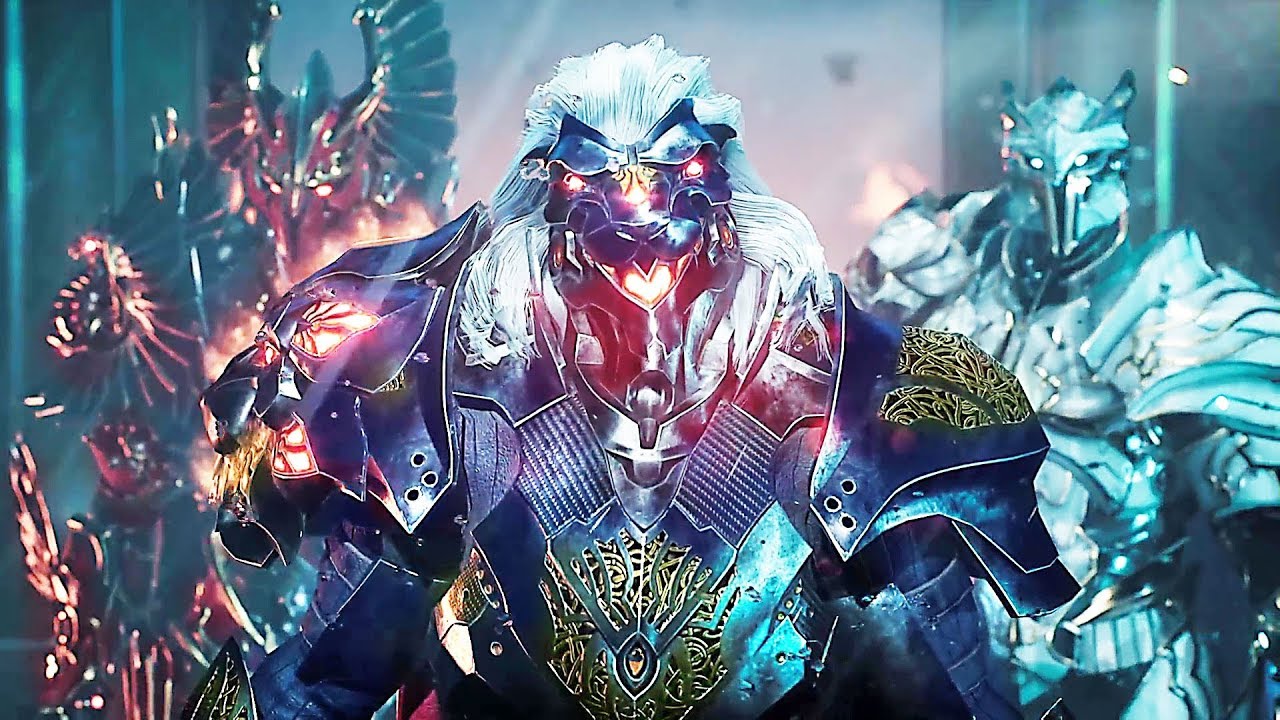
As for PS5 games, we now know a few of the launch games with many more titles planned to launch a few months after the console itself. Among the launch games are Astro's Playroom that will come pre-installed on every console, and we'll likely get ports of Destiny 2: Beyond Light, Madden 21 and NBA 2K21 on day one.
Further down the line, expect a new Ratchet & Clank game, Horizon: Forbidden West, Marvel's Spider-Man: Miles Morales and Gran Turismo 7.
If you don't want to shell out for a bunch of new games on the first day, Sony says the console will be backward-compatible, however how far back the PS5 will support the PlayStation family’s game history remains to be seen.
Somewhat differently to Microsoft's cross-gen inclusivity, Sony has also been emphasising that it still believes in generations and is emphasising the importance of its next-gen exclusives in making the most of the PS5 capabilities.
Of course, there's also the matter of game streaming. With Google entering the gaming fray with its Google Stadia game streaming platform, Microsoft and Sony have actually entered a partnership to share and collaborate on game streaming technologies for the next generation. Exactly how this will play out remains to be seen.
But Microsoft has announced that it will be launching its Project xCloud streaming service in September 2020, including it for free with Xbox Game Pass Ultimate subscriptions. This will mean Xbox owners will be able to play Game Pass games on their Xbox consoles, PC and supported mobile devices.
Already offering value for money, adding Project xCloud makes Game Pass and Xbox an even more appealing option for those who like to have platform flexibility. It seems set to leave Sony's PlayStation Now offering in the dust.
We're expecting a lot of games that are being released in the period between the tail end of this generation and the early days of the next will be cross-generation titles. That means we're expecting to see the likes of Cyberpunk 2077, Ghost of Tsushima and The Last of Us: Part 2 on both current and next-gen consoles.
- PS5 games: what we're expecting to see on the console
- Xbox Series X games: all the games rumored and confirmed for the next Xbox
Xbox Series X vs PS5: price expectations
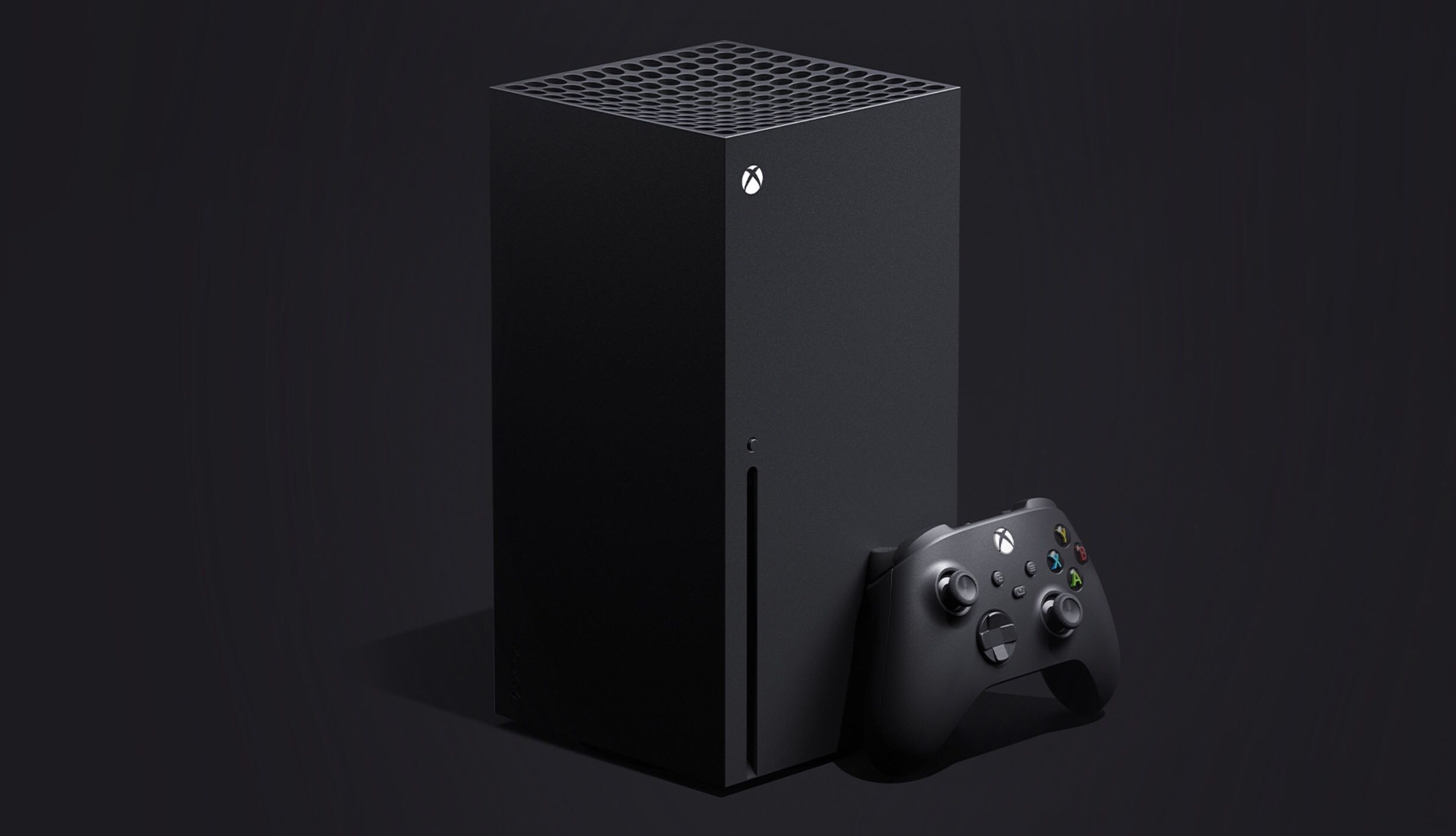
At this point, talking about the Xbox Series X price or the PS5 price is an exercise in speculation. It’s simply too early to tell, and there are too many missing factors in their make up for us to make an informed decision on the specifics of their final price.
There have been plenty of supposed leaks of the prices for the consoles from online retailers and a couple of PS5 leaks have put the console in as high as $1043/ £837 and as low as US$396/£318. We don't think these leaks can be trusted, not least because Sony and Microsoft are yet to announce any official RRPs.
But what we can say for certain is that the specs teased above don’t come cheaply. These are going to be high-end machines at launch, and will have significant price tags attached to the Xbox Series X pre-order as well as the PS5 pre-order bundles as a result.
What we can also do is look back at the comparative pricing of the Xbox One and PS4 at launch.
One of the reasons the PS4 proved the more popular console during this generation was the fact that it launched at the more attractive price point of $399.99 / £349.99. That was a relative steal compared to the $499 / £429 Xbox One, which at launch had to factor in the cost of its ill-fated (and relatively short lived) Kinect motion tracker. The Kinect was initially hailed as one of the key differentiators between the consoles, but proved unpopular with both developers and gamers, leading to Microsoft slowly phasing it out in an effort to drive the price of the overall package down with later console revisions.
Microsoft will not want to make similar mistakes again – its launch pricing (along with its strange initial focus on entertainment capabilities over gaming software), were key factors to its initial struggles, which it’s spent this entire generation fighting against.
Sony has also felt the backlash of a high price point at launch with the PS3 but recently Sony's Jim Ryan has been reticent to suggest that the PS5 will beat the Xbox Series X on price.
In interviews with the BBC and GamesIndustry.biz, Ryan has been looking to "emphasize value as opposed to price", saying "I don't necessarily mean lowest price. Value is a combination of many things. In our area it means games, it means number of games, depth of games, breadth of games, quality of games, price of games... all of these things and how they avail themselves of the feature set of the platform."
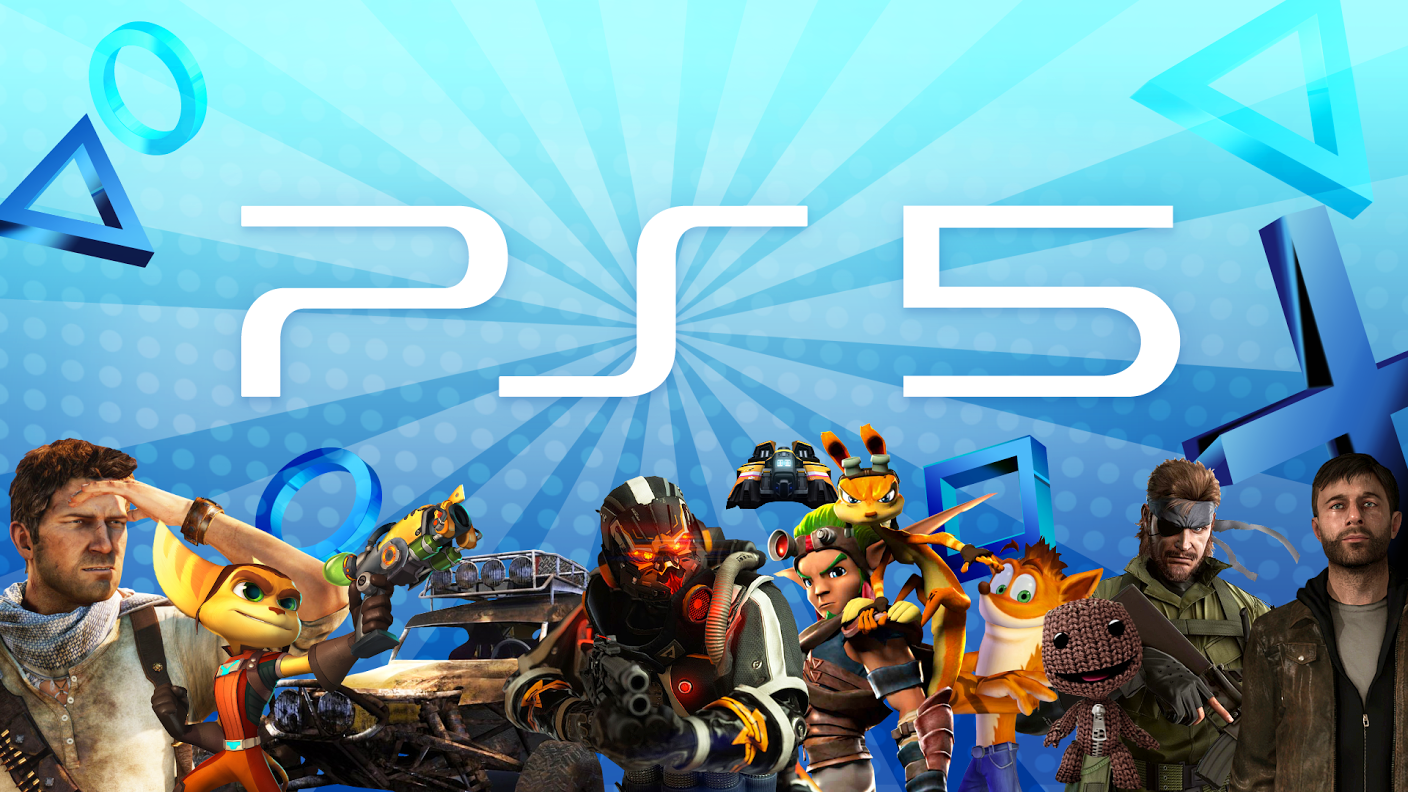
An early report from Bloomberg suggested that Sony would not be making as many PlayStation 5 consoles for launch as it did for the PS4's launch back in 2013, despite no delay to production or on sale date being expected.
Bloomberg's sources anticipated shipments to max out at six million consoles through to March of 2021, whereas the PS4 sold 7.5 million over the same post-launch time period.
That has since changed and more recent reports from Bloomberg Japan and Nikkei have suggested that Sony is drastically ramping up production of the PS5 console to meet an expected influx of demand in this new Covid-19 age of stay-at-home entertainment. Just how many consoles will be produced is unclear but the sources are stating that Sony is preparing a massive nine to 10 million consoles for 2020.
If the reports prove true, at the very least it would mean you would probably be able to pick up a PS5 at launch without having to be too concerned about getting in a pre-order if you're still trying to save.
One company will inevitably undercut the other, but with specs at this stage looking similar enough, don’t expect it to be so dramatic a difference this time around.
Gut feeling
There’s so much yet to learn about the PS5 and Xbox Series X. But at this stage, the similarities between the two consoles are striking.
Sony and Microsoft's joint commitment to SSD tech suggests a parity across both consoles for third party developers to work with. Both consoles will be the result of great efforts to offer deep backwards compatibility across their archives. Microsoft and Sony have clearly been listening to their fanbases—people don’t care about inter-company politics, they just want the best gaming experience possible—but it's resulting in rather different approaches to next-gen exclusivity and it'll be interesting to see which company's strategy proves more successful.
Of course, there's still a tribalism among the fans, and so, as ever, first party gaming content is going to be perhaps more important than it’s ever been. With so many ways to play, from remote access to streaming, the hardware becomes far less important than the experiences and games they offer – especially when the two platforms are looking increasingly similar.
Between Halo Infinite and Horizon Forbidden West we have some strong platform exclusives on the table already. It bodes well for a close and fierce fight in the console wars to come.
- Google Stadia: could the platform-agnostic streaming service take on consoles?
from TechRadar - All the latest technology news https://ift.tt/3dl8YCH





0 Comments